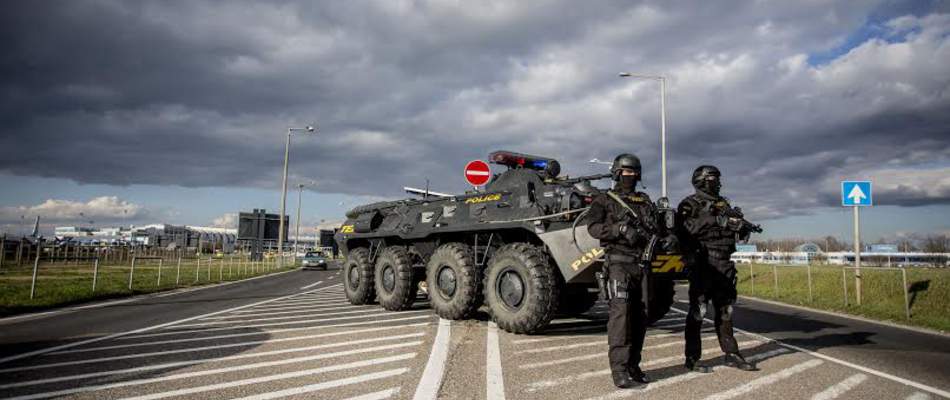Hungarians admiring Putin
The #Russian PM is the most popular leader among #Hungarians #Hungary #Hungarian #V4 #Visegrad #poll #Poland #CzechRepublic #Slovakia
As Globsec Trends’ latest survey revealed, Vladimir Putin is the most popular leader in Hungary, according to Index. Though the V4 countries seem to follow a similar political course, this survey clearly highlights the minor differences between the attitudes of the people of Poland, the Czech Republic, Slovakia and Hungary.
Globsec has revealed its fresh survey in a security policy conference in Bratislava. Though there are efforts in the V4 to become an alternative power in opposition to Western Europe, each country represents a rather different attitude towards its position between East and West.
Though all the four countries have been liberated from the socialist regime about three decades ago, they do not prefer the West obviously.
Poland is the only one that sides with Western Europe, the other three countries place themselves somewhere in between. The West gained some popularity in Hungary compared to last year — however, 47 percent of the respondents still prefer being in a third direction. Still, people younger than 24 clearly favor the West. In the V4, Slovakia seems to be the most anti-West.
Though the opinions about the EU vary on a large scale in Central Europe, respondents mostly admit that there is no other choice but being part of it. In Hungary, 58 percent of the sample thinks that the European Union is a positive thing, while only 9 percent dislikes it. About three quarters of the respondents prefer staying in the EU. NATO has a similar tendency in the V4 except Slovakia: Hungary’s northern neighbors tend to reject the North Atlantic Treaty Organization.
The survey also analyzed the popularity of the four prime ministers of the V4: Andrej Babis (Czech), Robert Fico (Slovakian), Mateusz Morawiecki (Polish) and Viktor Orbán (Hungarian). The Hungarian leader is well-known among the partner countries, as 91 percent of the Slovakians, 70 percent of the Polish and 62 percent of the Czechs have already heard of him.
The Hungarian sample proved to be the less aware of the international leaders of the survey. French PM Macron, for example, is unknown for the half of the younger generation. Macron is both the least known and the most controversial leader for the population of the V4. The poll compared the popularity of the four leaders with the greatest current powers (Donald Trump, Vladimir Putin, Angela Merkel and Emmanuel Macron), and the results differ greatly among the Visegrad members. Macron is the most popular of them in the Czech Republic, while he is the least favored in Hungary.
Hungarians prefer Putin the most with about a third of the positive ratings.
This is might prove the popular opinions in the USA about the country. Putin is followed by Trump with 30 percent – he has already been revealed as not being too popular among Hungarians – Merkel with 27 percent and Macron with 25 percent. Putin’s evaluation is quite controversial: he is admired in Slovakia even more than in Hungary, while the Poles despise him the most. For the record, Angela Merkel is the most popular in Poland, despite the nation’s long-lasting anti-German attitude.
The survey also studied another peculiar aspect of everyday politics: the conspiration theories. The idea of a Jewish background power is accepted by 52 percent of the Slovakians, while this rate is 38 percent in Hungary.
However, the end of the communist regime is only viewed by 62 percent of the Hungarians positively and a similar percentage states that life was better before 1989 than after it.
Photo: Wikimedia Commons
Source: Index.hu
please make a donation here
Hot news
Top Hungary news: train derailed, huge tax against short-term rentals, new train stations, Hungarians about the war, Dracula, cocktail bars — 21 October, 2024
Hungarian research could yield breakthrough in Covid-19 treatment
5+1 stylish cocktail bars in Budapest to explore with your friends after a long day
Railway stations in major Hungarian cities to be completely rebuilt with private capital
Young people planning armed attacks against protected persons in Hungary – US intelligence warns
Hungary, Laos agriculture ties strengthening: Minister Linkham Duangsavanh visits Budapest




